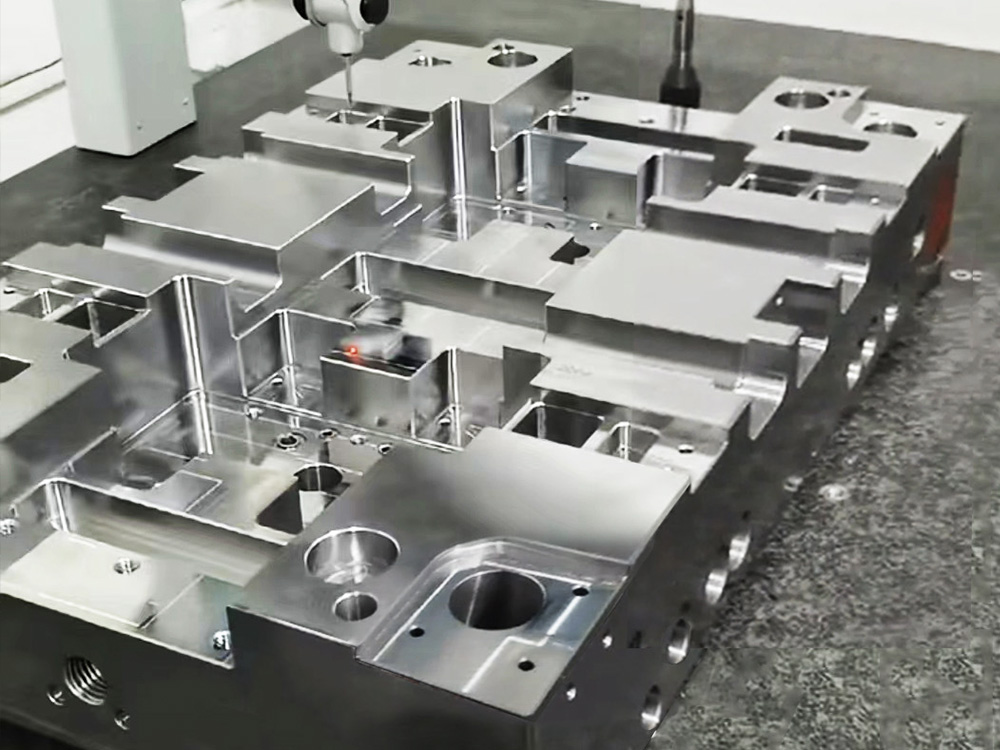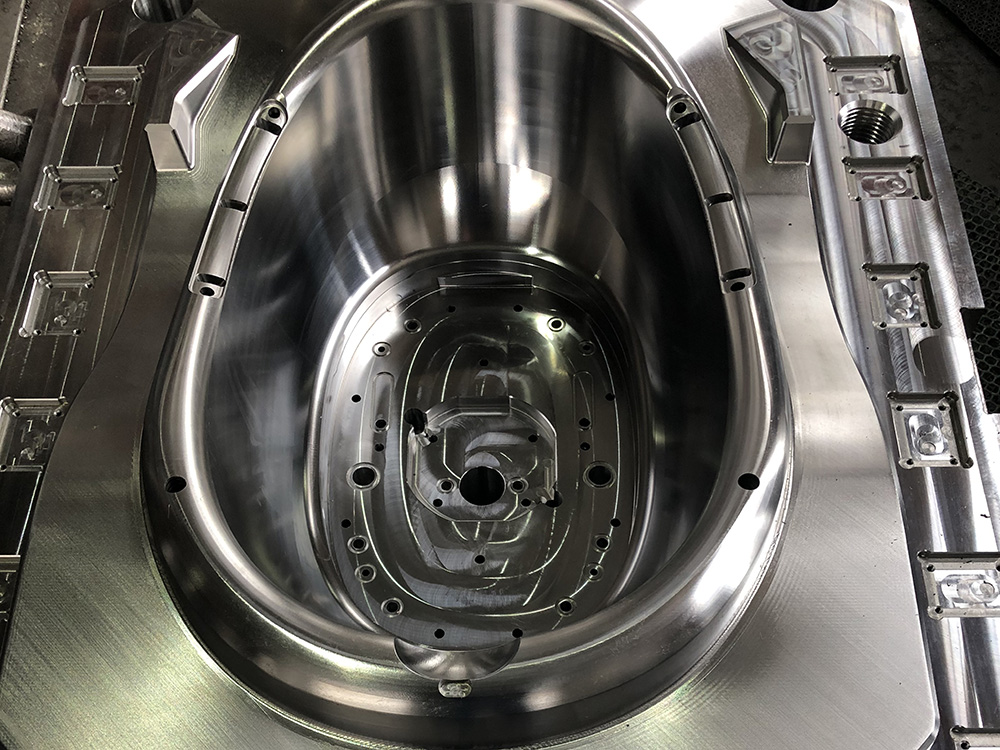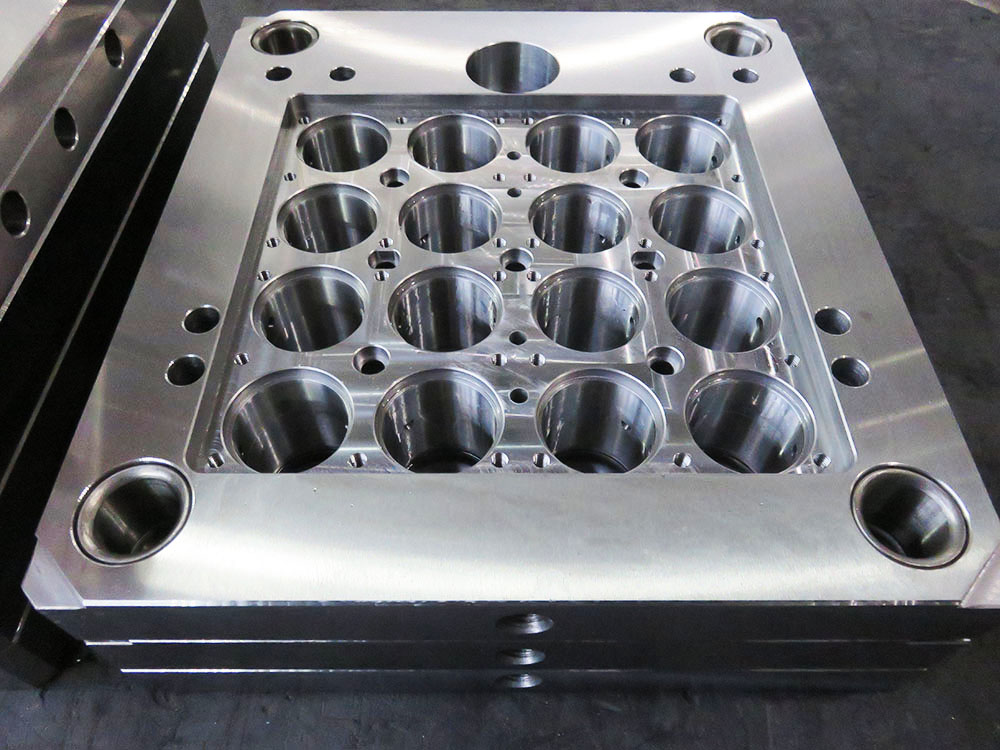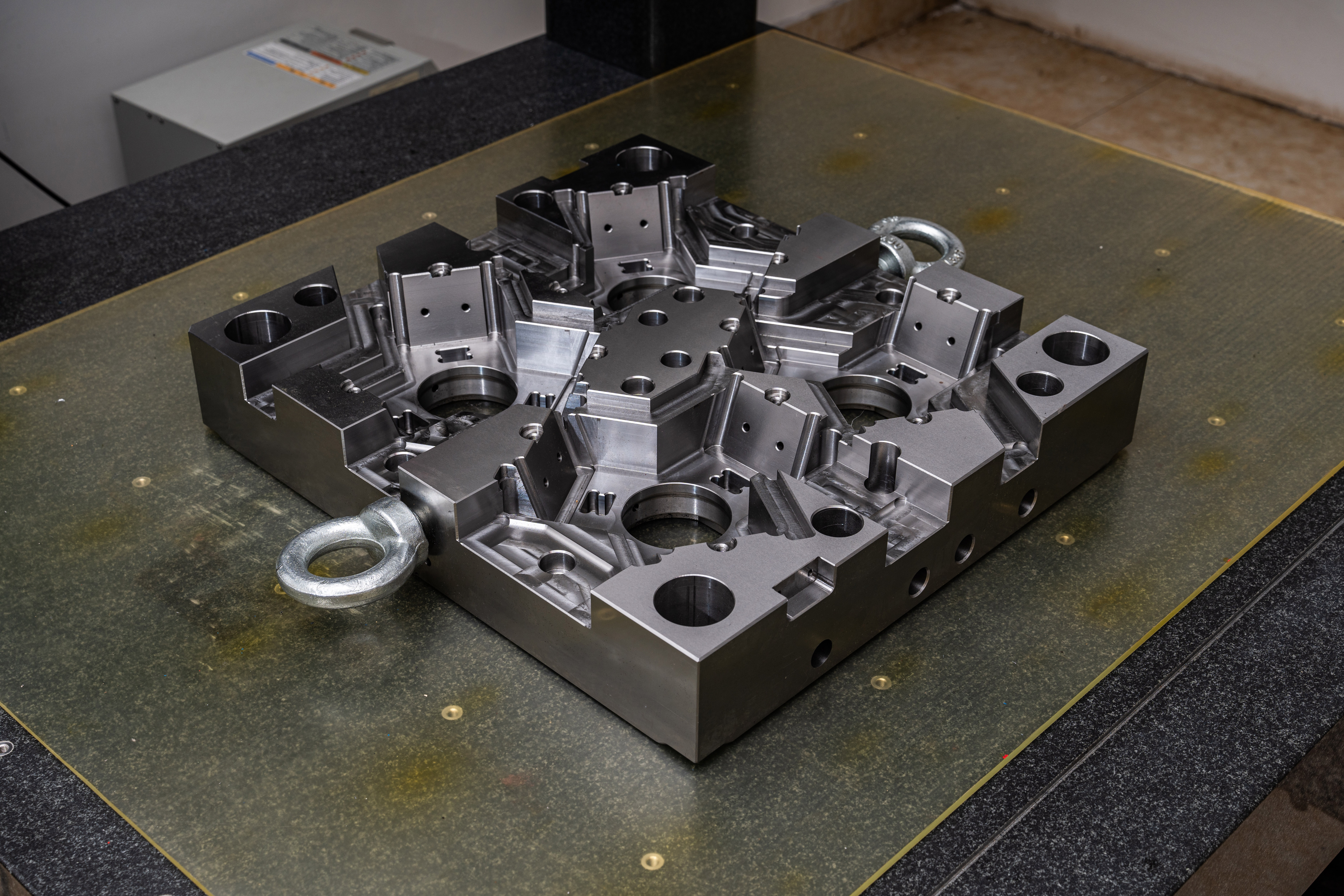Calculation of Supporting Bracket Height exceeding 8m in Mold Base Industry
In the mold base industry, one of the critical considerations is the calculation of supporting bracket height. This calculation is necessary when the height of the bracket exceeds 8m, as it ensures the stability and safety of the mold base during operation. In this article, we will explore the professional method for calculating the supporting bracket height in such scenarios.
1. Understanding Load and Center of Gravity
The first step in calculating the supporting bracket height is to understand the load and center of gravity distribution. The load refers to the weight of the entire mold base, including the mold, inserts, and any additional equipment. The center of gravity is the point at which the weight is evenly distributed.
To accurately determine the load and center of gravity, it is essential to consider all the components, their individual weights, and their spatial position within the mold base. This information is usually obtained from technical drawings and specifications provided by the mold base manufacturer.
2. Determining the Required Load Capacity
Once the load and center of gravity have been established, the next step is to determine the required load capacity of the supporting bracket. This load capacity should be sufficient to support the entire weight of the mold base without compromising stability and safety.
The load capacity can be calculated by multiplying the total weight of the mold base by the safety factor. The safety factor is typically determined based on industry standards and the specific requirements of the mold base application. It accounts for variations in load distribution, dynamic loads, and other unforeseen factors that may occur during operation.
3. Considering the Supporting Bracket Materials
The selection of appropriate materials for the supporting bracket is crucial in ensuring its strength and stability. The material should have sufficient load-bearing capacity, good corrosion resistance, and high durability. Commonly used materials for supporting brackets in the mold base industry include steel, aluminum, and alloys.
The specific material selection depends on factors such as load capacity, cost, ease of fabrication, and compatibility with other mold base components. It is advisable to consult with materials engineers or experts in the industry to determine the most suitable material for the supporting bracket.
4. Utilizing Structural Analysis and Engineering Software
With the load capacity and material requirements defined, the next step is to perform structural analysis using specialized engineering software. This software helps simulate the stress and deformation behaviors of the supporting bracket under different loads and scenarios.
Through structural analysis, engineers can verify the structural integrity of the supporting bracket and identify potential areas of weakness. It also allows for necessary adjustments and optimizations to ensure the final design meets the required safety standards.
5. Final Calculation of Supporting Bracket Height
Based on the load capacity, material specifications, and structural analysis results, the final calculation of the supporting bracket height can be determined. This calculation considers factors such as the dimensions of the mold base, the load distribution, and any additional safety measures required.
The supporting bracket height should be sufficient to provide stability and prevent excessive deflection or deformation during operation. It is essential to follow industry standards and guidelines when determining the final height to ensure the overall safety and functionality of the mold base.
In conclusion, the calculation of supporting bracket height exceeding 8m in the mold base industry requires a systematic and professional approach. By considering load and center of gravity, determining the required load capacity, selecting appropriate materials, utilizing engineering software, and performing structural analysis, engineers can accurately calculate the supporting bracket height and ensure the stability and safety of the mold base.




